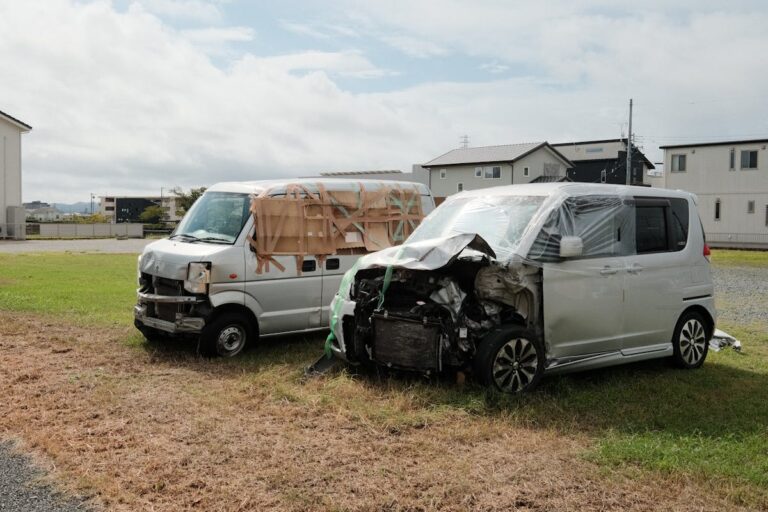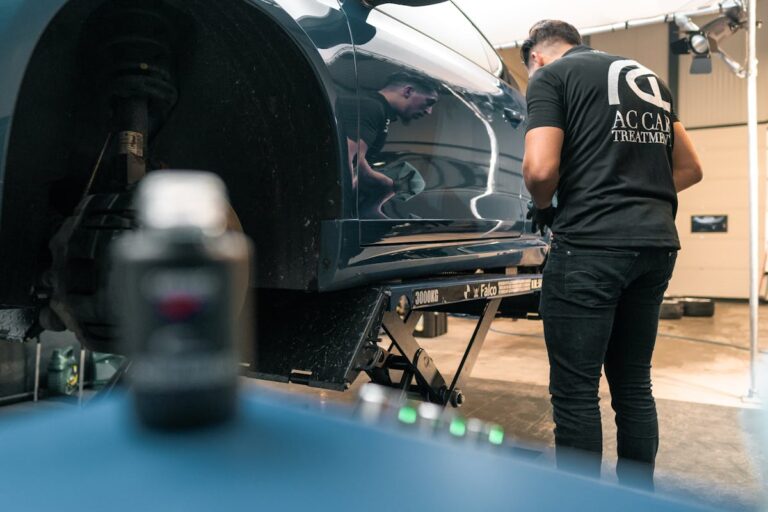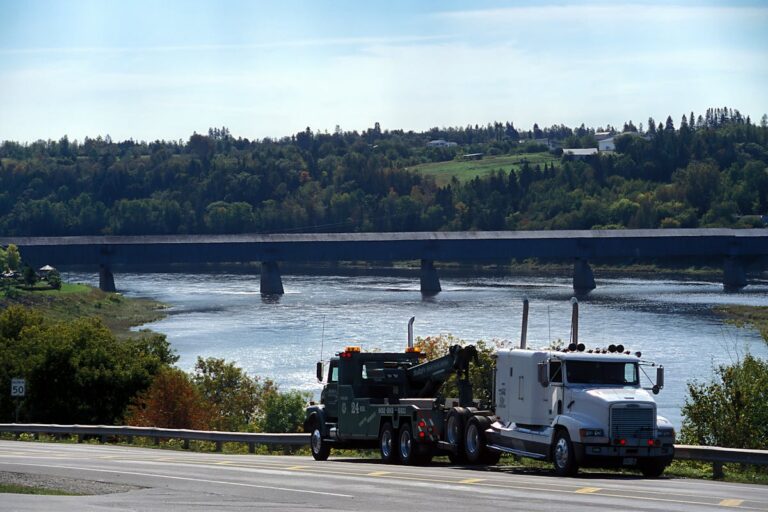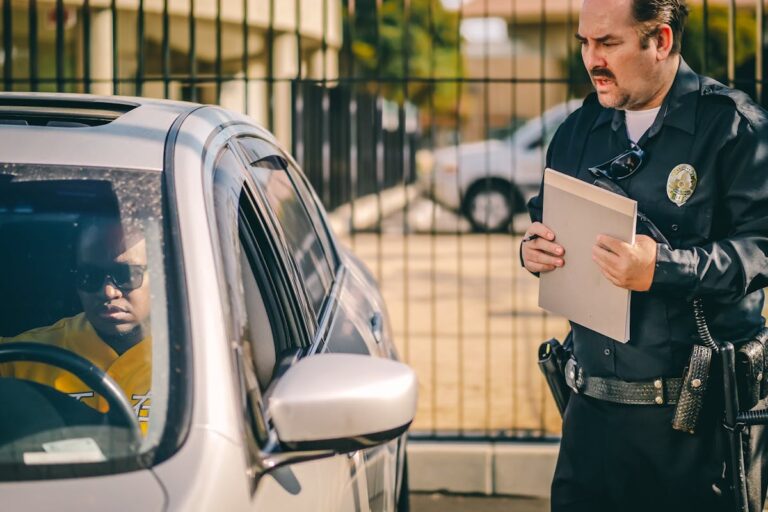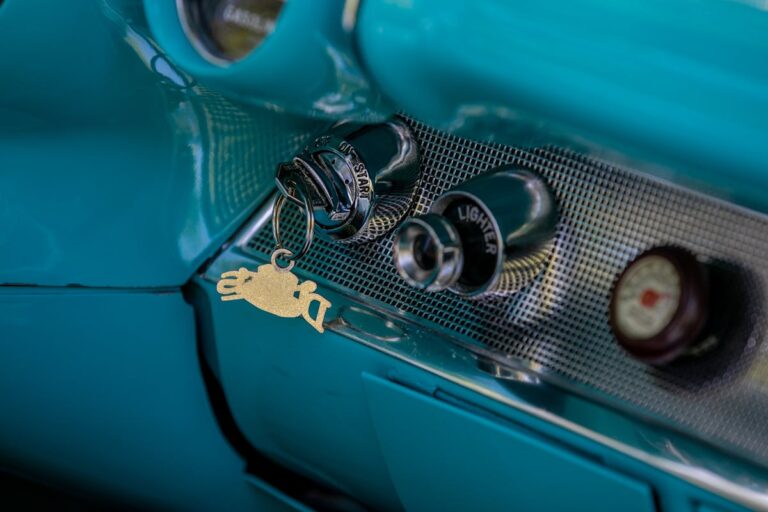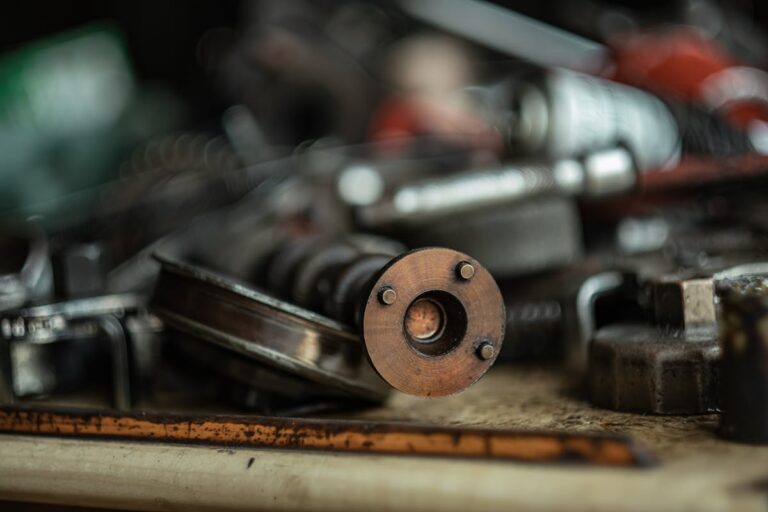In the aftermath of a minor vehicular accident, it’s not uncommon for certain damages to remain unnoticed, potentially leading to more serious issues down the line. The integrity of your vehicle may be compromised in ways not immediately visible to the untrained eye. Often, subtle signs such as misalignments, unusual noises, or irregular tire wear may hint at deeper, concealed problems. The question then arises: how can we effectively identify and address these hidden damages to guarantee continued vehicle safety and performance? Let’s explore this pertinent issue further.
Understanding Hidden Vehicle Damage
The aftermath of a minor accident often leaves a deceptive silence, masking potential hidden damage lurking within your vehicle’s framework. Despite the absence of profound exterior damage, the integrity of your vehicle’s structure may be compromised, posing severe threats to vehicle safety.
Hidden damage can manifest in multiple forms, including misalignment, impaired suspension, and structural deformities. These damages can be easily overlooked but can drastically affect the vehicle’s performance and safety.
Misalignment is a common result of minor accidents. It impacts the vehicle’s balance and handling, increasing the risk of future accidents. Similarly, damage to the suspension system can lead to unpredictable vehicle behavior, due to the critical role it plays in absorbing shock and maintaining contact between tires and the road.
Structural deformities, however, pose the most significant threat. Even minor disruptions to the framework can drastically reduce the vehicle’s crashworthiness – its ability to protect occupants during a collision. Consequently, identifying and addressing these hidden damages are paramount for ensuring long-term vehicle safety.
Thus, understanding the potential for hidden damage post-accident is integral to maintaining vehicular integrity and occupant safety.
Importance of Post-Accident Inspection
The aftermath of a minor accident often necessitates thorough post-accident inspection, which is essential in identifying not immediately visible vehicular damage. This process involves necessary checks that can uncover any potential issues which may impact the vehicle’s functionality or safety. Utilizing the expertise of professional inspectors further guarantees the detection and accurate assessment of any concealed damage.
Understanding Hidden Vehicle Damage
After a minor accident, it’s easy to breathe a sigh of relief if your vehicle seems unscathed. However, this relief can often be misguided as there might be hidden damages that are not immediately apparent. Understanding these potential damages is critical to vehicle safety and longevity, emphasizing the importance of a thorough post-accident vehicle inspection.
Hidden damages can occur in various parts of a vehicle, including the frame, suspension, alignment, and internal components. The vehicle’s frame, for instance, can be subtly bent or misaligned, which may not be visible but can greatly impair driving safety. Similarly, damages to the vehicle’s suspension can affect its balance, resulting in uneven tire wear and potentially dangerous handling issues.
Moreover, a minor accident can also lead to hidden damages in a vehicle’s internal components. For example, the impact can potentially cause unseen harm to the engine, transmission, or other mechanical parts, which may lead to more serious problems down the line.
Necessary Post-Accident Checks
Undeniably, brushing off a seemingly minor accident without a thorough vehicle inspection can pave the way for future complications and safety risks. Beyond the visible damages, often there may be hidden issues like misalignment, compromised structural integrity, or problems with the vehicle’s safety systems.
Necessary post-accident checks, consequently, should not be an afterthought, but a priority. This includes immediate steps like photographing the scene and damage for post-accident documentation, which can provide valuable context for any underlying issues that may surface later. Such documentation is also essential when filing an insurance claim, as it offers evidence of the accident’s impact on the vehicle.
Checking the functionality of all safety systems is another significant aspect of post-accident checks. This includes testing the brakes, headlights, turn signals, and windshield wipers, among other systems. Even minor accidents can disrupt these important vehicle features and compromise safety on the road.
Lastly, it is imperative to consult the vehicle’s manual for any manufacturer-specified checks after an accident. These may include specific instructions or precautions that are necessary to maintaining the vehicle’s ideal performance and safety. Ignoring these checks can lead to further damage and costly repairs down the line.
Importance of Professional Inspection
Professional inspection following a minor accident can play a crucial role in assuring the vehicle’s safety and longevity. It is an essential step in the process of managing hidden damage that may not be immediately noticeable. These damages, if left unattended, can lead to severe problems in the future, increasing the risk of another accident and shortening the lifespan of the vehicle.
A professional assessment is designed to identify and evaluate any potential harm that might have been inflicted on the vehicle. It includes an in-depth analysis of the vehicle’s structure, engine, transmission, and other critical components. This examination goes beyond the superficial level to uncover any hidden damage that may have been caused by the impact of the accident.
Furthermore, this professional inspection is not just about identifying the damage, but also about devising a suitable repair strategy. The experts can recommend the best course of action to restore the vehicle to its pre-accident condition, thereby ensuring safety and preserving the value of the vehicle. Consequently, the importance of a professional inspection after a minor accident simply cannot be overstated.
Checking for Mechanical Issues
Identifying mechanical issues in the aftermath of a minor accident demands meticulous attention to detail. A minor accident can sometimes cause hidden damage to a vehicle’s mechanical system, impacting its overall performance. Inspecting your vehicle for mechanical issues involves a thorough examination of various key areas.
When checking for mechanical issues, it’s vital to prioritize:
- The engine: Monitor the performance of the engine. Any inconsistencies in acceleration, idling, or general engine operation may indicate hidden damage.
- Fluid leaks: Leaking fluids could be a sign of damage to the engine or transmission. Look for puddles of oil, coolant, or other fluids underneath your vehicle.
- Unusual noises: Listen for any abnormal sounds when starting the car or while driving. This could indicate issues with the braking system, exhaust, or transmission.
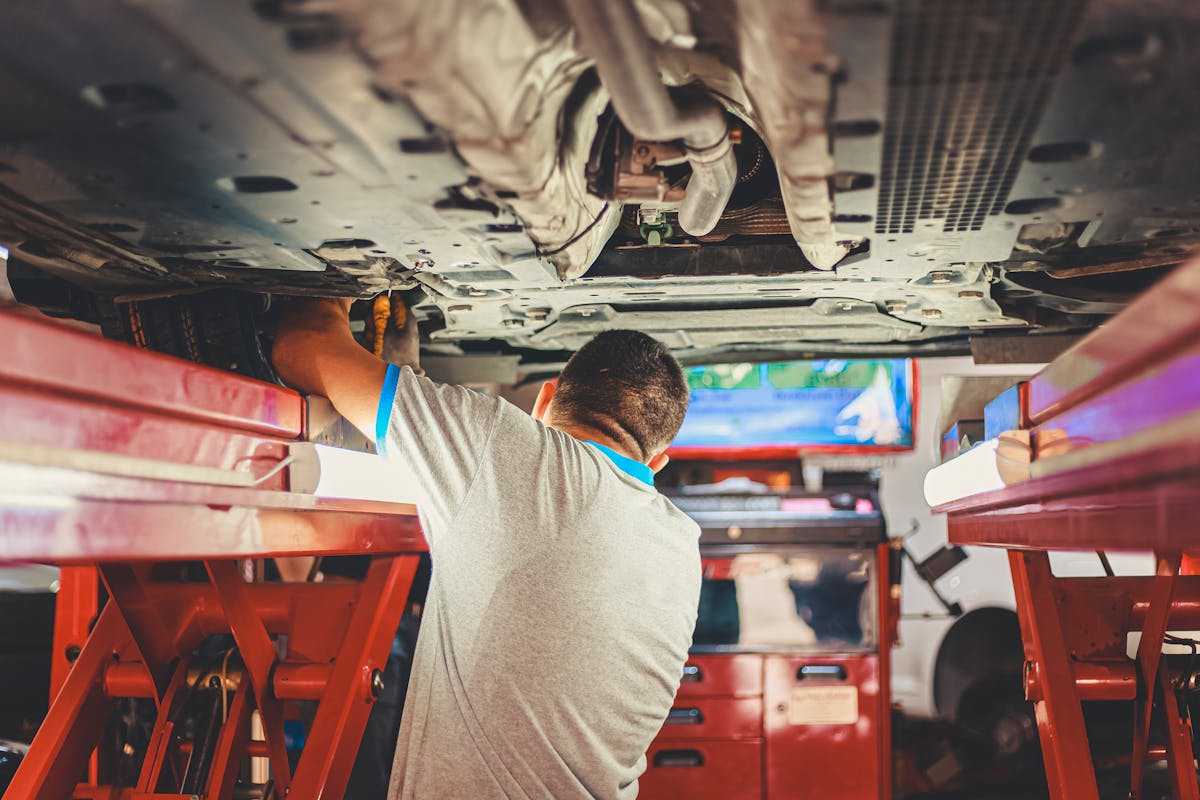
Spotting Structural Damage Signs
Evaluating your vehicle for potential structural damage after a minor accident requires a keen eye and an understanding of your vehicle’s construction. Despite the accident being minor, there is a possibility that the car’s structural integrity could have been compromised. This is especially concerning as it can affect the vehicle’s safety and performance.
The first step is to inspect the alignment of the vehicle. Unusual noises, steering problems, and uneven tire wear can indicate misalignment of the frame. This could mean that the vehicle’s structural integrity is compromised, which could make the car unsafe to drive. The frame, being the foundation upon which the car is built, should always be in the correct alignment. Any misalignment could indicate a serious problem.
Another sign to watch for is abnormal gaps or spacing in the body panels. Uneven gaps can be seen around the doors, trunk, and hood, which could suggest that the structure has shifted. Finally, look for creased or wrinkly metal in the interior of the trunk or under the hood. These could be signs of a twisted or bent frame. Always remember, maintaining the structural integrity of your vehicle is paramount for your safety.
Identifying Paint and Surface Problems
Identifying paint and surface problems after an accident is a critical step in evaluating vehicle damage. This process entails recognizing paint discrepancies, uncovering surface irregularities, and examining body panel alignment. A detailed and analytic approach can reveal hidden issues, ensuring a thorough evaluation of the vehicle’s condition.
Recognizing Paint Discrepancies
In the aftermath of a minor accident, the visibility of paint discrepancies can often serve as indicators of hidden damage. It’s essential to closely inspect your vehicle for any signs of paint color variations or texture differences that might not be immediately apparent. These might hint at underlying issues that can affect the overall integrity and performance of your vehicle over time.
To aid in spotting these signs, it’s helpful to take into account the following:
- Look for areas where the paint appears lighter or darker than the surrounding areas. This can suggest bodywork repairs that were not disclosed at the time of purchase.
- Pay attention to texture differences. If a section of the vehicle’s body feels rougher or smoother than the rest, it might indicate a repainted area, which is often a sign of prior damage.
- Check for bubbles or blistering in the paint. This could be a sign of rust underneath the paint, which can lead to serious structural issues if left untreated.
Uncovering Surface Irregularities
While paint discrepancies can reveal much, surface irregularities often hold the key to discovering hidden damage post-accident. A thorough surface inspection is integral to damage detection, enabling you to identify deformities often missed by an untrained eye.
Surface irregularities may appear as minute dents, small scratches, or subtle warping. These inconsistencies might seem inconsequential, but they can indicate serious underlying problems such as frame damage. Thus, a diligent and thorough surface inspection is essential in the aftermath of an accident, even a minor one.
It is worth noting that surface irregularities are not always visible to the naked eye, especially in poor lighting conditions. Consequently, it is recommended to conduct this examination in a well-lit environment. Using a magnifying glass or a paint meter can also aid the surface inspection process, ensuring no irregularity is overlooked.
Assessing Body Panel Alignment
After a meticulous examination of surface irregularities, the focus must shift towards evaluating the alignment of body panels. This step is critical to identify any hidden damage that may have resulted from a minor accident. Misaligned panels can be a telltale sign of an underlying issue, which might not be apparent at first glance.
To successfully assess body panel alignment, one must pay close attention to panel gaps. These are the spaces between the panels of the car. Uneven or misaligned gaps can indicate potential damage. Use alignment tools to measure these gaps accurately. Professional-grade tools can provide a more precise analysis than naked eye evaluation.
Consider these essential details when evaluating body panel alignment: – Pay attention to the uniformity of panel gaps. Any deviation from the standard gap width could indicate a problem. – Use alignment tools to measure the gaps. They provide more precise and reliable results. – Look for signs of forced adjustment. If the panels seem to have been manipulated to close a wider gap, it’s a red flag.
Dealing With Electrical System Damages
Despite their seemingly minor nature, even small accidents can lead to significant electrical system damages in your vehicle. The impact may jolt wiring loose or damage components, leading to problems that might not be immediately apparent. Given the complexity of modern vehicles’ electrical systems, identifying these issues requires a detail-oriented and analytical approach.
To start, visually inspect the electrical system for any obvious signs of damage such as broken wires or burnt components. This includes checking the battery, alternator, and starter for any physical damage. However, keep in mind that some electrical issues are not visible to the naked eye.
Next, utilize diagnostic tools to detect hidden issues. These devices can read codes generated by your vehicle’s computer system when a problem occurs. For example, if your check engine light is on, a diagnostic tool can provide a code that corresponds to a specific issue, such as a malfunctioning sensor or a short circuit.
Professional Inspection and Repair Options
Although you can perform some vehicle checks by yourself after a minor accident, there are hidden damages that only a professional can identify. A thorough inspection by a certified mechanic or auto body repair specialist is essential in maintaining the safety, performance, and longevity of your vehicle.
There are several professional inspection and repair options that can guarantee a meticulous evaluation of your car’s condition and an accurate estimate of repair costs. These include:
- Certified Mechanics: They specialize in detecting and repairing mechanical damages, ensuring your vehicle’s peak operation post-accident.
- Auto Body Repair Specialists: They focus on restoring the physical integrity of your car, fixing dents, scratches, and other exterior damages.
- Inspection Centers: These facilities offer a detailed inspection timeline that covers all car systems, providing a complete damage report.
Choosing the best option depends on the extent of the damage, your budget, and the specific needs of your vehicle. Regardless, it’s advisable to get your car inspected as soon as possible after an accident to uncover and address any hidden damages promptly. This helps in mitigating repair costs and ensuring your vehicle remains reliable and safe to drive.
Frequently Asked Questions
How Can Minor Accidents Affect Your Cars Resale Value?
Minor accidents can greatly impact your car’s resale value due to potential hidden damages. Buyers often use accident history to negotiate lower prices, even if repairs were made, diminishing the vehicle’s overall worth.
What Are the Insurance Implications of Hidden Damage Post-Accident?
Hidden damage post-accident can impact insurance coverage considerably. It may complicate the claim process, potentially leading to disputes regarding the extent of damage, claim amount, and even the validity of the insurance policy itself.
Can Hidden Damages Cause Long-Term Problems if Left Untreated?
Yes, untreated hidden damages can lead to long-term effects, compromising vehicle safety and performance. Regular inspections and preventative measures are critical to identify and address these issues, ensuring the longevity and reliability of the vehicle.
How Often Should You Get Your Vehicle Inspected Post-Accident?
Post-accident inspections should be conducted immediately after the accident and periodically thereafter. Regular vehicle maintenance is essential to guarantee all hidden damages are identified and addressed to prevent long-term issues with your vehicle’s performance.
Are There Legal Repercussions for Not Reporting Hidden Damages?
Yes, there can be legal repercussions for not reporting hidden damages after an accident. Depending on jurisdiction, drivers may have legal obligations to report any damages post-accident to insurers, law enforcement, or both, to prevent fraudulent claims.
